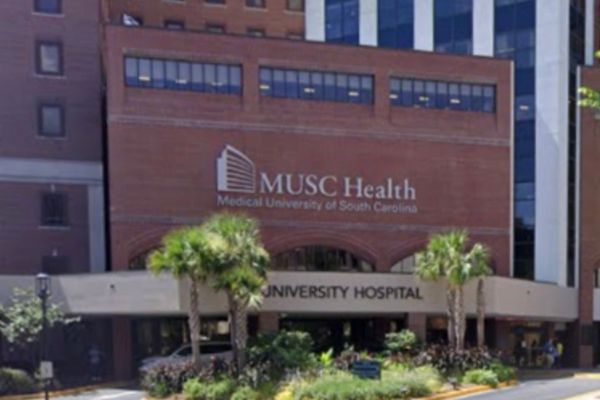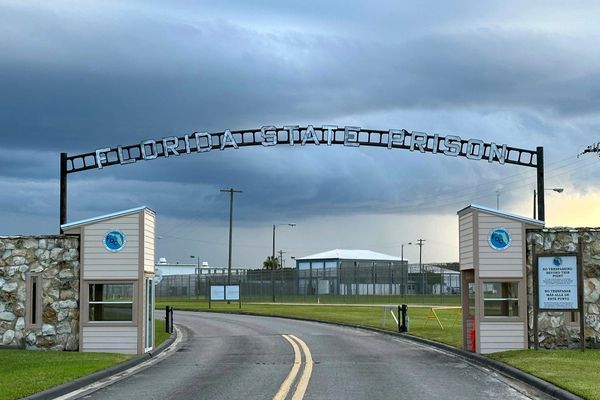
When I started my career in 2005, we were on the cusp of globalization in agriculture, but the US was still the “Breadbasket of the World.” The United States being the leader of the world in grain and oilseed production and the hub of exports at a time when biofuels were just in their infancy meant that few things mattered more to price than US production.
In many ways, few things still matter more to price than US production, but, as time has marched on, trade flows have changed and with demand for biofuels and protein around the world continuing to grow, the factors that influence price vary far more now than they ever have. Supply versus demand helps to build a case for price, but the ease at which end users can source supply is everything. This week we’re going to look at the geopolitical developments I am watching around the world, what is happening, what could happen and why it could matter to grains.
Russia-Ukraine
The war in Ukraine will enter its third year this coming February, with little in the way of resolution in sight. In fact, one could argue the situation is almost worse for everyday life and grain production than it was shortly after the invasion. Ukraine has taken the war to Russia, targeting some of Russia’s most fertile and productive agricultural regions that just happen to border Ukraine. For the most part, the attacks on Russian soil by Ukraine are targeting specific military or oil sites, but the risk of being caught in a drone or missile strike as a Russian farmer is far greater than it has ever been.
In response to Ukraine’s attack and invasion on their soil, Russia has upped their strikes across Ukraine. Not only are we seeing Russia push further into Ukraine, capturing villages and wreaking havoc along the frontlines, we are seeing Russia start to hit sites that were formally thought to be off limits. Three separate cargo ships were hit in the Black Sea in September, with another struck over the weekend. Reports of Russia targeting Odesa and other port infrastructure are on the rise as well. So far though, the attacks have done little to slow exports out of either country or cause a spike in freight costs, limiting their direct impact.
There are several different factors in the conflict that will have my attention as we move ahead. One being the turnover in leadership we are seeing around the world, especially here in the US, that could have an influence on the direction the conflict heads in the weeks and months ahead. The Biden administration has been a staunch ally of Ukraine throughout the war, with Biden and his team saying they will do whatever they can to help stabilize the situation and to put Ukraine in a position to win the war ahead of him leaving office.
Whether this includes the use of long-range weapons remains to be seen, though many still believe a yes decision will come from the administration on that subject soon. Putin has warned the US and others, saying that allowing Ukraine to strike Russian targets with Western weapons will be a sign The West is officially in the war, opening them up to the same consequences of being directly in the conflict.
This in addition to increased risks we could see something happen with Ukraine’s nuclear powerplants, or the nuclear plant in Russia’s Kursk oblast where Ukraine has invaded, opens the door to a headline changing everything each day we come into the office. With Russia starting to feel the pinch from banking sanctions and having seen the world move away from their products after increased world supplies reduced their importance, the risk of them acting out seems to increase by the day.
The Middle East
Israel’s leadership says they are currently fighting a war on seven different fronts as we near a year of them taking on Hamas and Hezbollah. While horrible, the situation in the Middle East felt somewhat contained—at least when it came to grains. If anything, demand could potentially be seen as limited as the human toll grows and many are forced to flee their homes. However, the situation has potentially changed in a big way with Iran targeting Israel with over 200 drones and missiles this past week, hitting some military targets but not causing significant damage. While this attack was like the one in April, Israel’s reaction so far has been different with Israel vowing they will not turn the other cheek this time, saying they will respond with retaliation that will be “serious and significant.”
When asked whether that retaliation would include Israel targeting Iranian oil production sites, President Biden told reporters it was “being discussed.” Others have been pushing for Israel to target Iran’s nuclear facilities, something that is not entirely surprising considering the thorn in the side of the West that Iran’s nuclear program has been. How Israel responds to the attack will likely set the tone for Iran’s response and then of course that response will set the tone for Israel and so on and so forth until we reach some type of cease fire or land on a handful of alternative scenarios, none of which point to peace.
The entrance of Iran—though not new but now potentially very different—brings with it an interesting twist, as Iran has been a staunch supporter of Russia and their war effort in Ukraine from the start. Iran has been a major supplier of weapons to Russia, with Russia helping Iran out through the years during their struggles with the UN. Iran and Russia have worked closely together to prop up the Assad regime in Syria as well, helping Assad fight back against rebels in 2015, keeping him in power.
With Israel now turning its attention to Lebanon and Syria while dealing with Iran, there are thoughts Russia may find itself involved in a much bigger way, especially if their installations are hit or if the situation between Iran and Israel escalates.
How this all plays out and what the impact is on grains is difficult to determine, especially for the amateur observer like me, but I’m going to say, it now feels as though the US is close to fighting a proxy war with Russia on two separate fronts.
Is Just in Time in Trouble Again?
What this all means for world trade and production remains to be seen, but it could have a tremendous influence on how end users decide to look at the market as we move ahead. Pre-covid we saw a ‘just in time’ style buying pace by the world’s end users, who knew outside of a production issue they would be able to access supplies well within historical price norms and with relatively limited notice. Covid shook that mindset to the core as disruptions in shipping and production led many end users to move to a more ‘just in case’ style purchasing, making sure they not only had more than the usual number of supplies on hand, but ordered as well. The surge in prices that followed, combined with increased financing costs made this approach to buying costly, and eventually painful when commodity prices started to fall pushing buyers back to just in time buying once again. However, with all the uncertainty starting to come into focus, ranging from worries over shipping and production disruptions all the way up to increased nuclear risks, for many end users around the world looking at multiyear lows in price and guaranteed supplies, working to find a happy medium between both buying styles may prove key.
What Does It Mean?
While I have no idea what happens next in the geopolitical realm, I would imagine we will start to hear more about reduced global supplies and tight farmer holding both here in the US and abroad. Harvest is in full force across the US, providing many end users and commercials access to the cheapest supplies they will likely be able to get their hands on for several months—at least until the South American crop is confirmed.
Chinese demand remains the wildcard, with many steadfast in their belief that Chinese interest will remain lukewarm at best as they work to rebuild their economy. However, with all of the recent talk of stimulus and the potential for new policies created to drive demand higher, few should be confident they know what happens next there.
Price-wise we are probably at values that are reasonably fair for the overall situation, something that is evident by relatively calm cash market. This week will give us great insight into the overall size of the crop and the storage situation across the country as bean harvest should come close to being wrapped up and corn harvest should be moving at full pace. I will continue to watch the cash market, with full expectations of weakness in basis, spreads and futures as the crop comes into the pipeline, any signs of unexpected strength would give me pause.
As always, don’t hesitate to reach out with any questions. Have a great week!
More Grain News from Barchart
- Sugar Prices Retreat on Rain Forecasts for Brazil
- Cocoa Prices Fall Moderately as Supply Concerns Ease
- Coffee Prices Finish Sharply Lower on Forecasts for Beneficial Rain in Brazil
- Soybean Weakness Persisting at Midday







